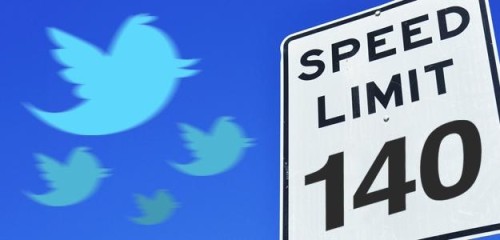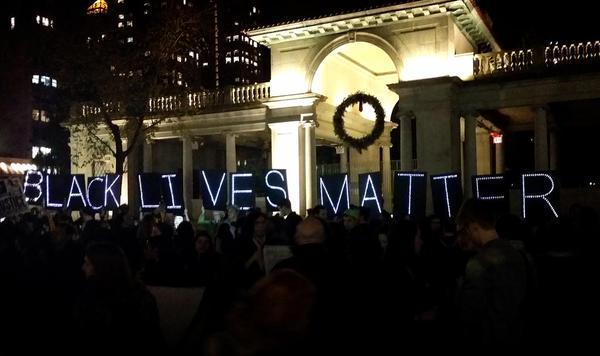Last week, #BlackLivesMatter launched its new website here. “Not a Moment, but a Movement,” the main page declares, underscoring the ongoing efforts to criticize racial injustice, especially in regards to police brutality and mass incarceration. Though the Black Lives Matter movement began as a hashtag on Twitter, it has blossomed into the public conversation on race, and its message has spread across social media.
The new webpage links to accounts on Twitter as well as Facebook, Tumblr, and Instagram. Each platform promises not only more potential followers, but also new possibilities for disseminating the message. As students and teachers of rhetoric, it provides us a valuable opportunity to discuss medium, genre, and the rhetorical situation in our classrooms.

The spread of the message beyond Twitter also speaks, in part, to the limits of Twitter. While the 140-character constraint, Twitter’s strength and weakness has always been its brevity. A recent report in Re/code reveals plans to go beyond the trademark length. The hope is not only to improve the product, but also to reach more people. This challenge leads to an obvious question: Is it really Twitter’s concision keeping new users at bay? More importantly, for our purposes, how do people work within and around Twitter’s limitations?
We can use this opportunity to explore rhetoric and technology. Twitter was initially devised for a user who would use it by texting; as smartphones have developed in their capabilities, Twitter has largely preserved its signature features. Supplemental services like Storify allow uses to arrange Tweets into a linear narrative, leading to Twitter essays. As tl;dr (too long; didn’t read) gains traction as internet lingo, Twitter also speaks to how new devices and new literacies fuel new genres—and vice versa.

Using Twitter as a teacher and researcher raises a range of possibilities and limitations for us. As a result, we have to incorporate supplemental services or revise our strategies for employing this social media platform and tool. With these concerns in mind, here are questions triggered by Twitter, especially in light of how #BlackLivesMatter and other activists have used it:
- What advantages does Twitter afford activists?
- What restrictions must activists overcome in using Twitter?
- Hashtags have proven to be a distinctive and influential mechanism on Twitter. What value do they offer activists?
- What relationship(s) exist between digital technologies, literacies, and genres?
- How do activists establish authority and grow their audiences on Twitter?
In future posts, I hope to revisit these questions in light of my own Twitter project to explore not only how we use Twitter, but how Twitter allows us to use it. These ramifications gesture to how messages are composed and read in the Digital Age.


